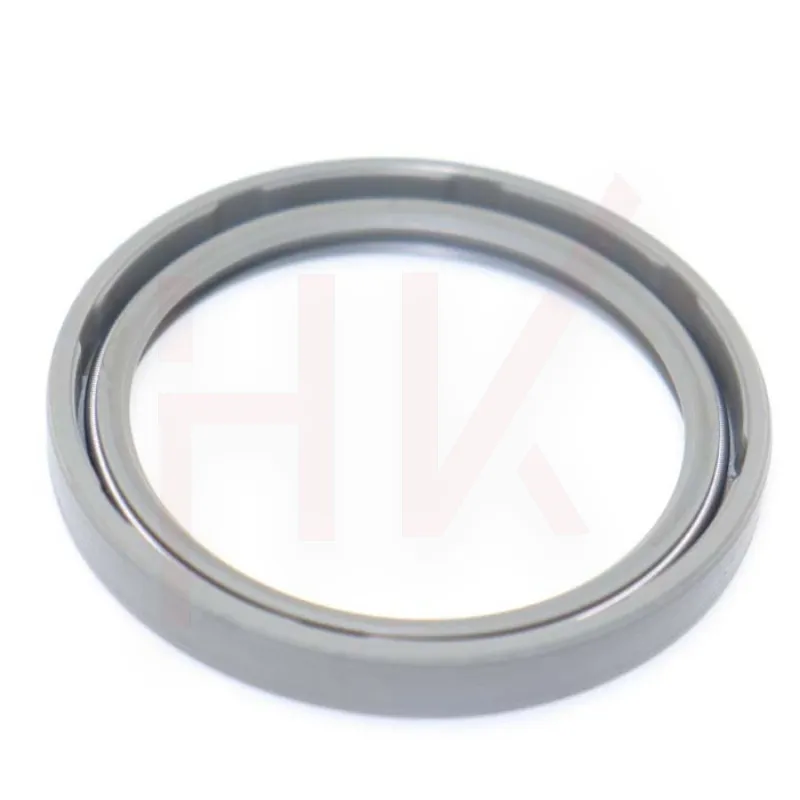नोभ . 16, 2024 15:32 Back to list
hydraulic cylinder seal repair
Hydraulic Cylinder Seal Repair A Comprehensive Guide
Hydraulic systems are essential in various industries, providing the power needed for machinery, vehicles, and equipment. One of the critical components in these systems is the hydraulic cylinder, which relies on seals to maintain pressure and prevent fluid leaks. Over time, these seals can wear out, leading to inefficiencies and potential equipment failure. Understanding the process of hydraulic cylinder seal repair can save time and costs, ensuring that your equipment remains operational.
Understanding Hydraulic Cylinder Seals
Hydraulic cylinder seals are designed to perform under high pressure and extreme temperatures. They are responsible for creating a barrier between the pressurized fluid and the environment, allowing the cylinder to function effectively. Common types of seals used in hydraulic cylinders include
1. Rod Seals These seals prevent fluid from leaking out around the piston rod. They must withstand substantial pressure and offer resistance to wear. 2. Piston Seals Found within the cylinder, these seals prevent fluid from bypassing the piston and ensure effective movement.
3. Guide Rings These aren't seals per se, but they help in maintaining alignment and reduce wear on the seals themselves.
4. End Cap Seals Located at the ends of the cylinder, these seals keep the hydraulic fluid contained and provide protection against dirt and contaminants.
Signs of Seal Failure
Recognizing seal failure early can prevent larger issues within the hydraulic system. Some common signs of seal failure include
- Fluid Leaks If you notice hydraulic fluid puddles or drips, this is often a clear indication that one or more seals have failed.
- Decreased Performance If the machinery has diminished power or responsiveness, it might be due to inadequate pressure resulting from leaking seals
.- Unusual Noises Grinding or hissing sounds might indicate that the seals are compromised, allowing air to enter the system.
hydraulic cylinder seal repair

- Increased Operating Temperatures Seal failure can lead to higher friction and heat, causing the system to operate inefficiently.
Steps for Hydraulic Cylinder Seal Repair
Repairing hydraulic cylinder seals is a manageable task for those with the right tools and knowledge. Here’s a step-by-step guide
1. Preparation Before starting, ensure you have the necessary tools, including wrenches, seal pullers, and replacement seals. Consult the machinery manual for the seal specifications.
2. Disassembly Carefully remove the hydraulic cylinder from the equipment. Be sure to relieve any pressure in the system and drain the hydraulic fluid to avoid spills.
3. Cleaning Clean the cylinder thoroughly to remove any dirt or debris. This step is crucial as contaminants can compromise the new seals.
4. Remove Old Seals Use a seal puller to carefully extract the old seals without damaging the cylinder. Inspect the cylinder for any signs of wear or damage that may require further attention.
5. Install New Seals Compare the old seals with the new ones to ensure the correct size. Carefully install the new seals, ensuring they are seated properly and that there are no twists or kinks.
6. Reassembly Reassemble the hydraulic cylinder, ensuring all components are securely in place. Pay attention to torque specifications from the manufacturer’s manual.
7. Testing Once the cylinder is reinstalled in the equipment, refill the hydraulic fluid and bleed the system to remove any air pockets. Test the machinery to ensure it operates smoothly without any leaks.
Conclusion
Regular maintenance and timely repair of hydraulic cylinder seals are essential to prolonging the life of hydraulic systems. Recognizing the signs of seal failure and understanding the repair process can significantly reduce downtime and repair costs. By taking the time to perform seal repairs correctly, you can ensure that your hydraulic equipment remains efficient and reliable, keeping your operations running smoothly.
-
The Trans-formative Journey of Wheel Hub Oil Seals
NewsJun.06,2025
-
Graphene-Enhanced Oil Seals: Revolutionizing High-Pressure Oil Sealing
NewsJun.06,2025
-
Future of Hydraulic Sealing: Advanced Intelligent TCN Oil Seals
NewsJun.06,2025
-
Don’t Let a Broken TCV Oil Seal Ruin Your Day
NewsJun.06,2025
-
Bio-Inspired Dust Seals for Better Sealing Performance
NewsJun.06,2025
-
Biodegradable and Sustainable Hydraulic Seal Materials
NewsJun.06,2025
-
Top Oil Seal Solutions for Your Industrial Needs
NewsMay.22,2025
Products categories
















